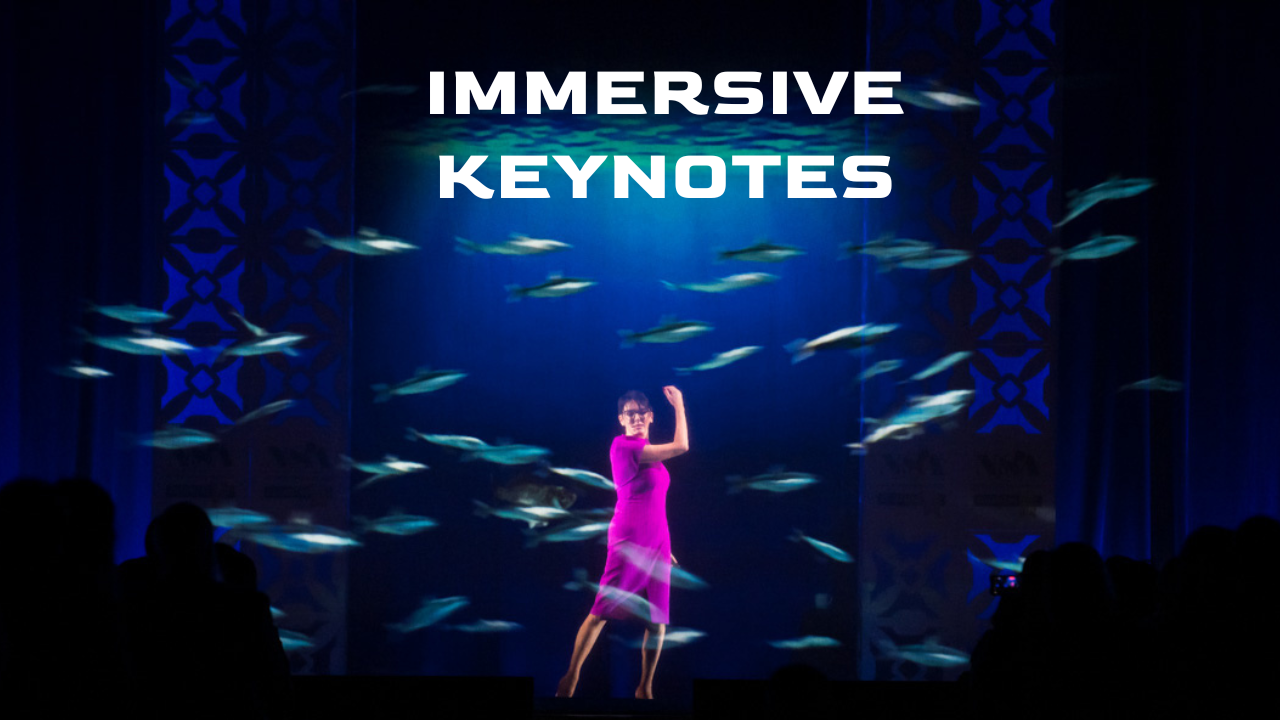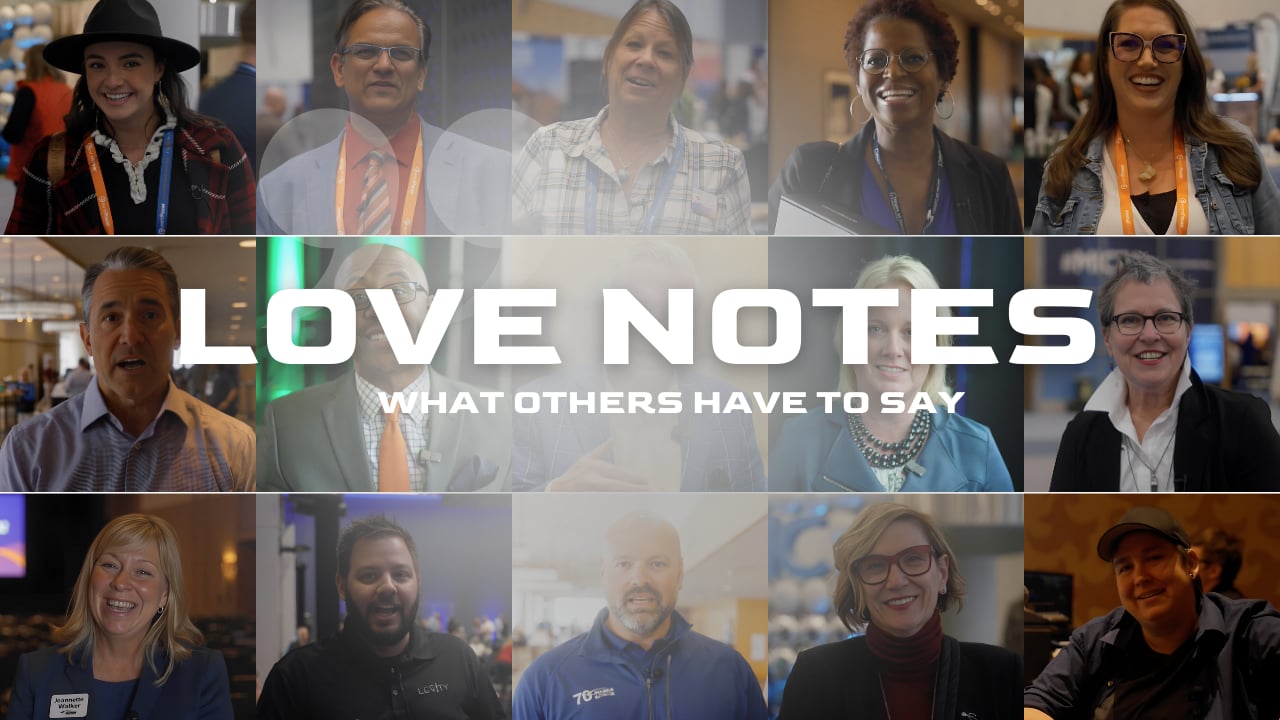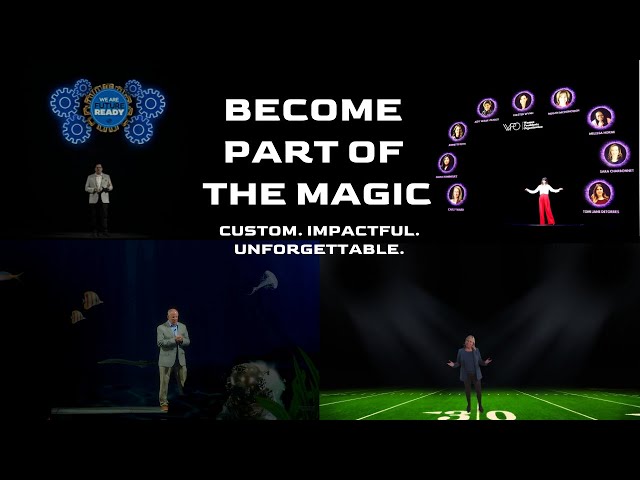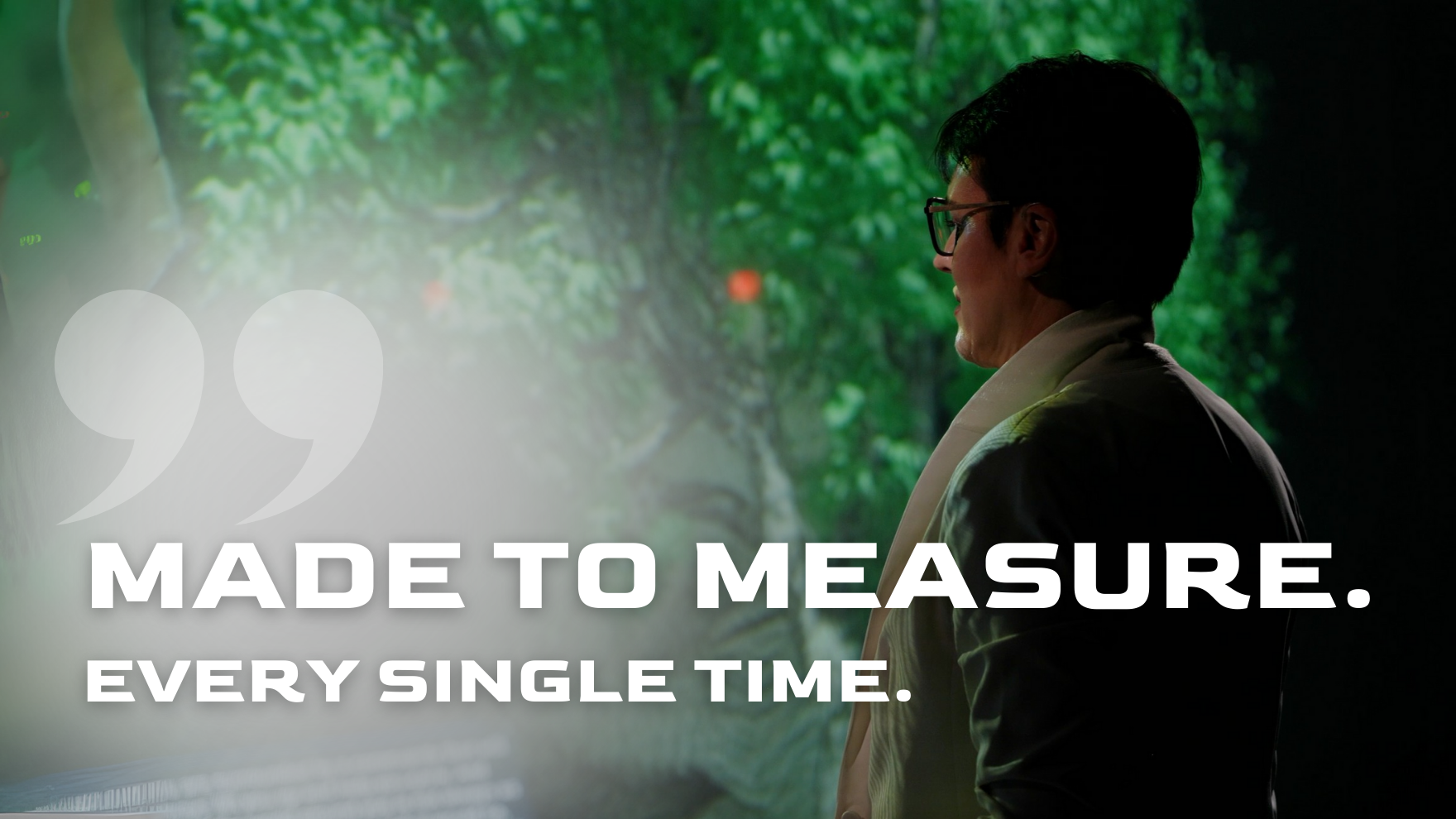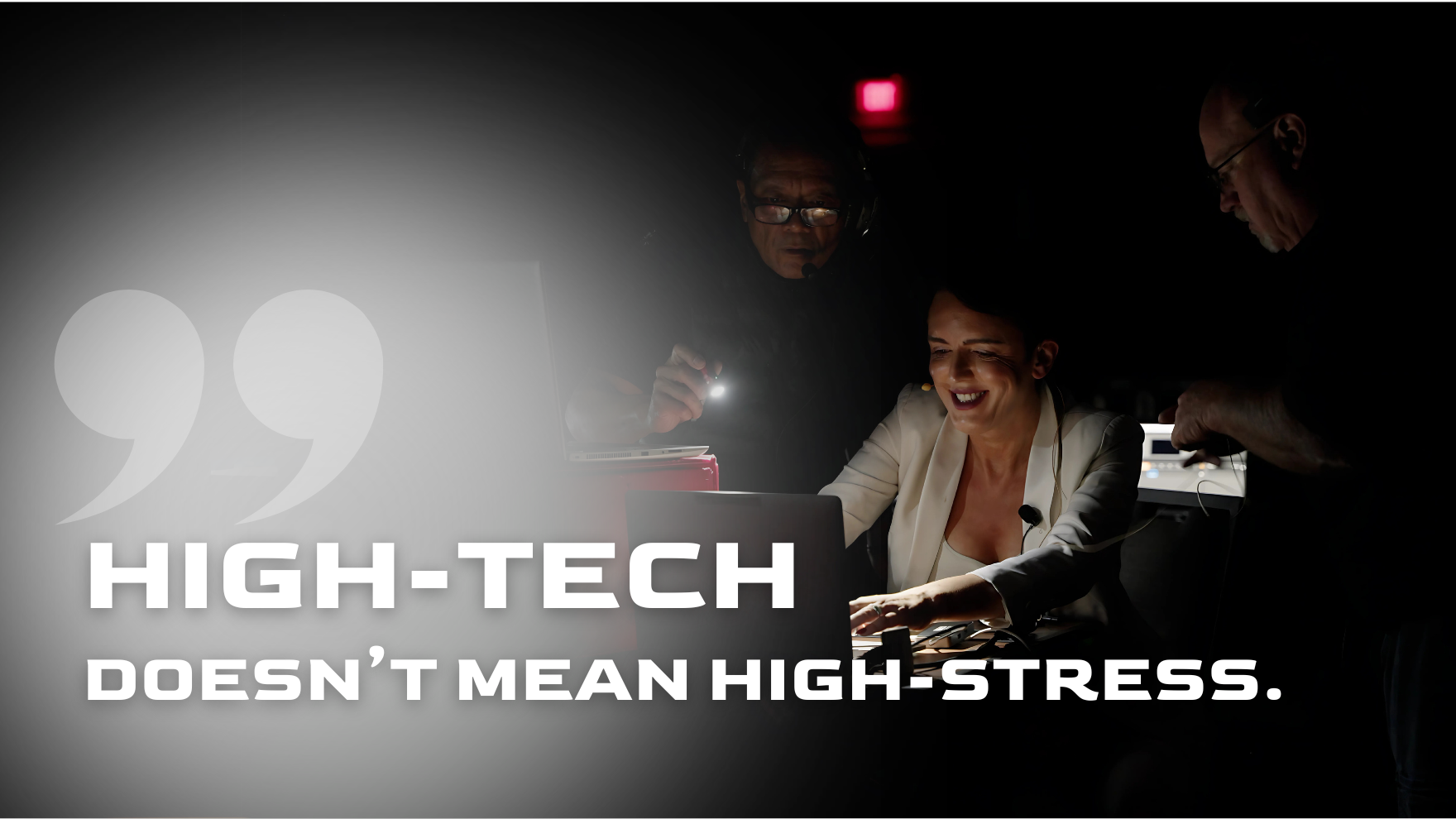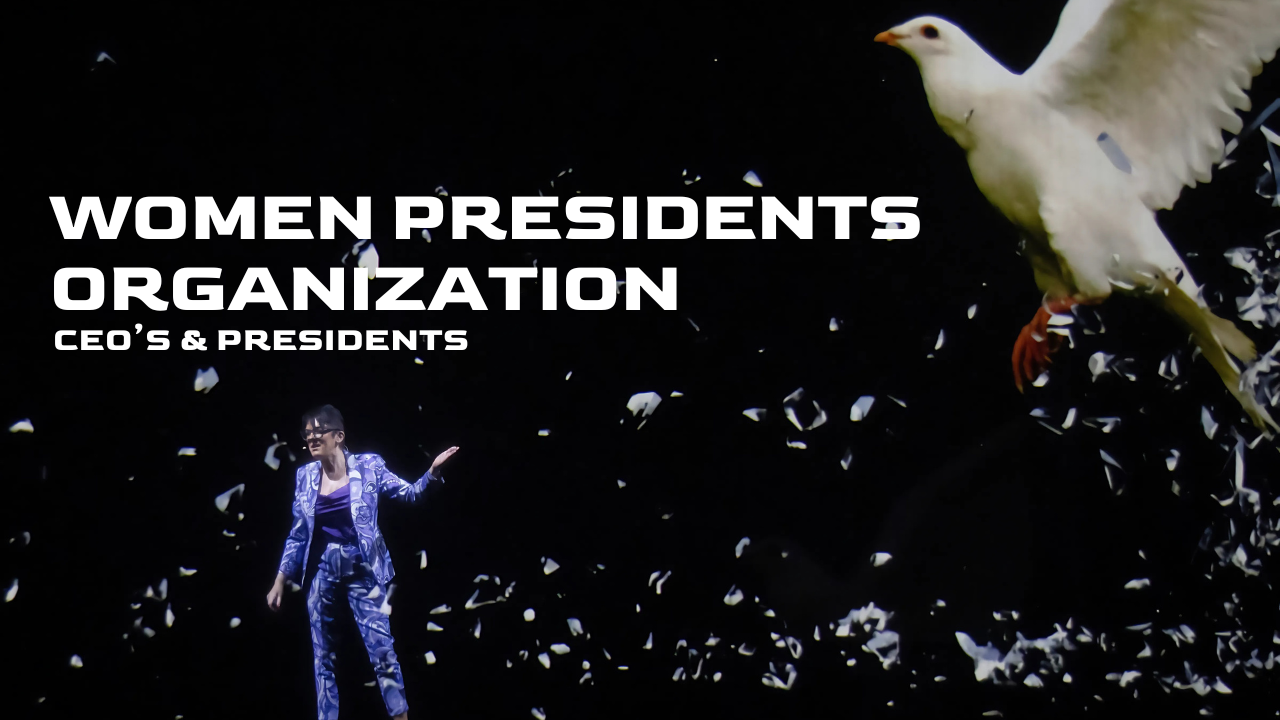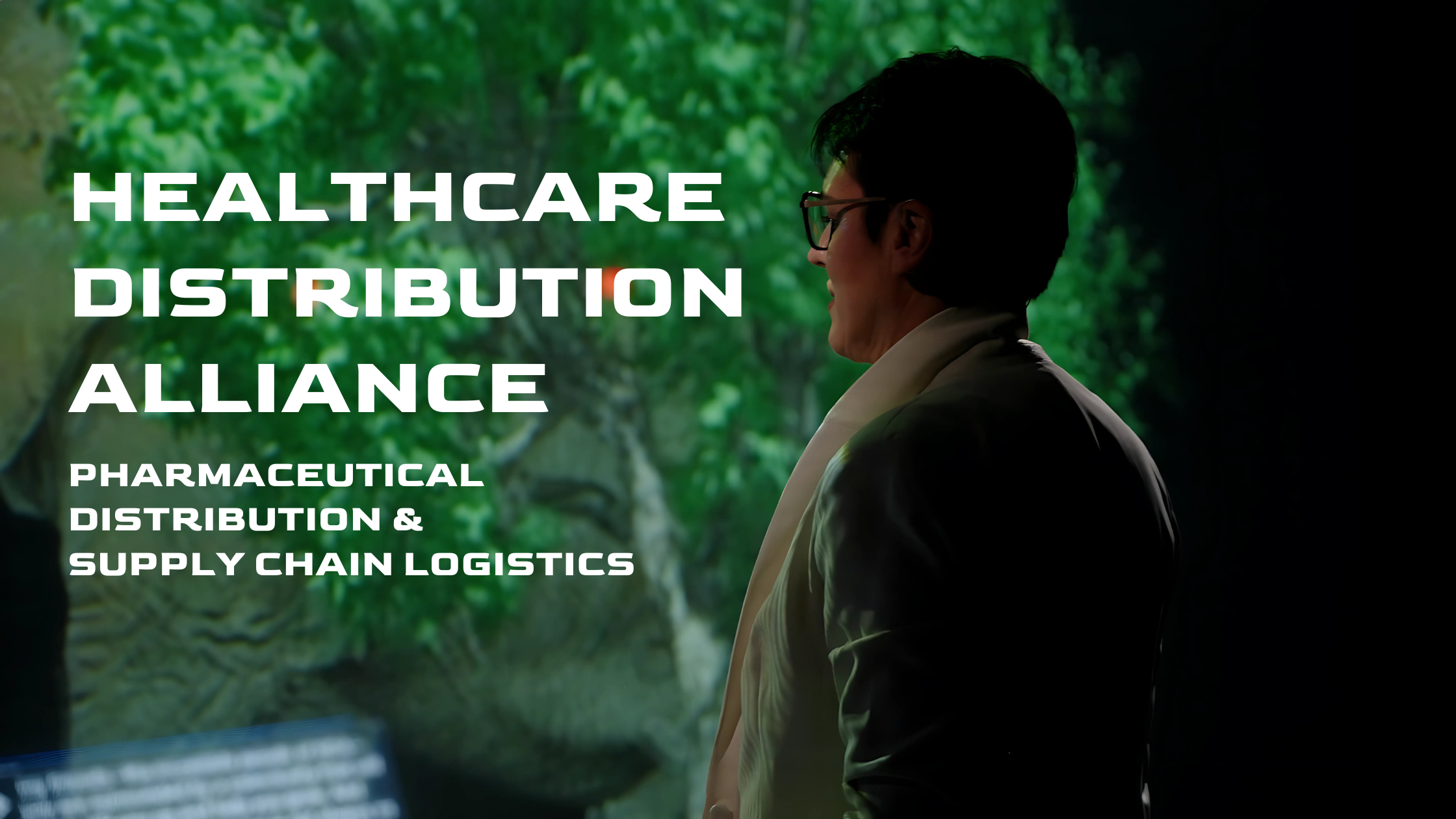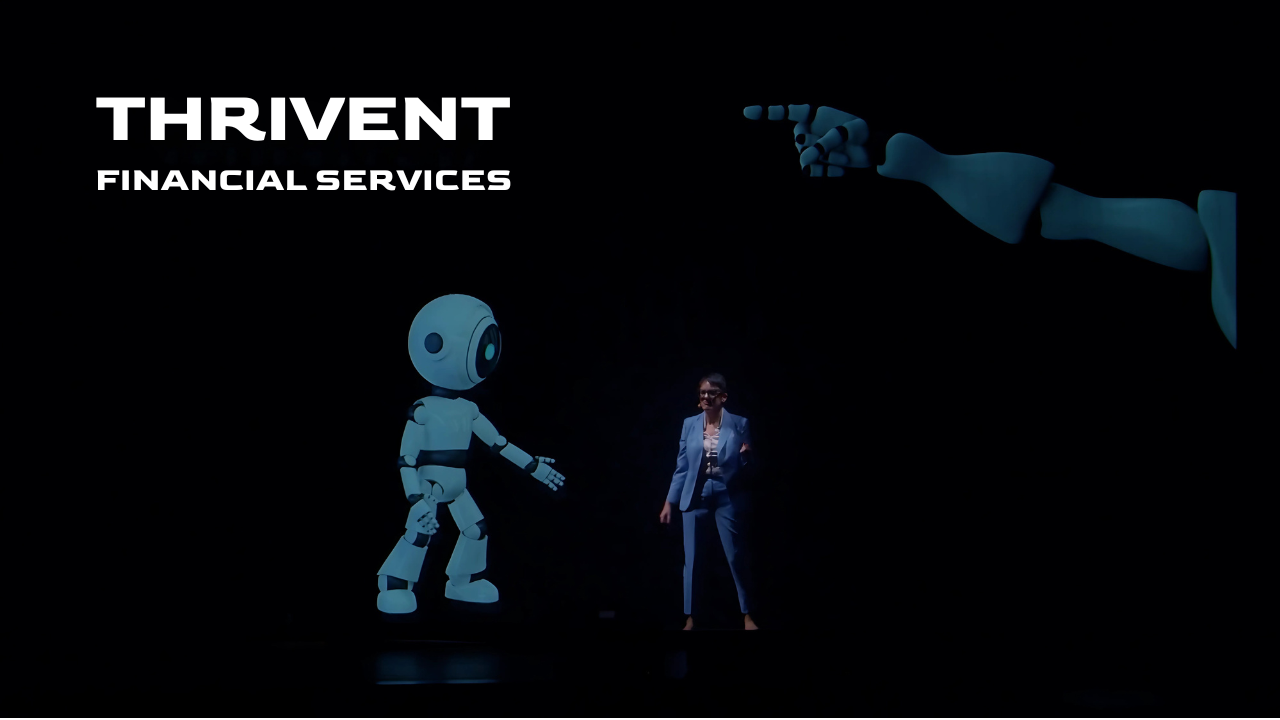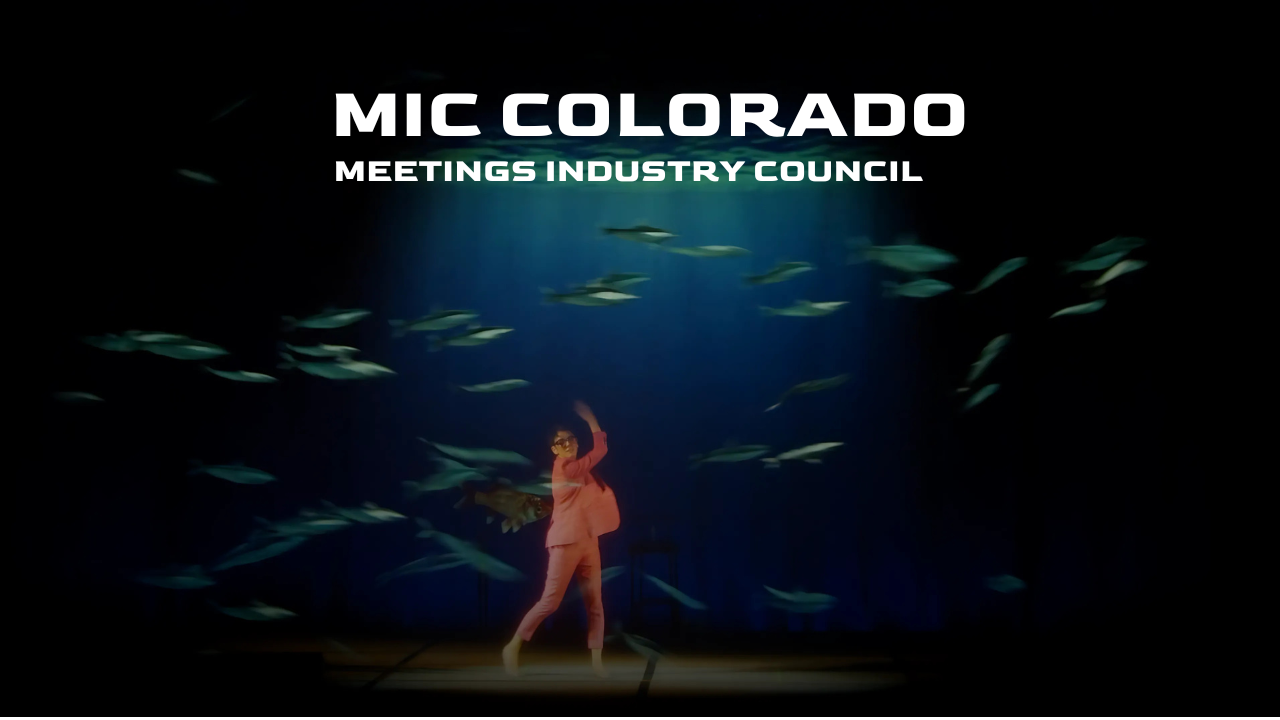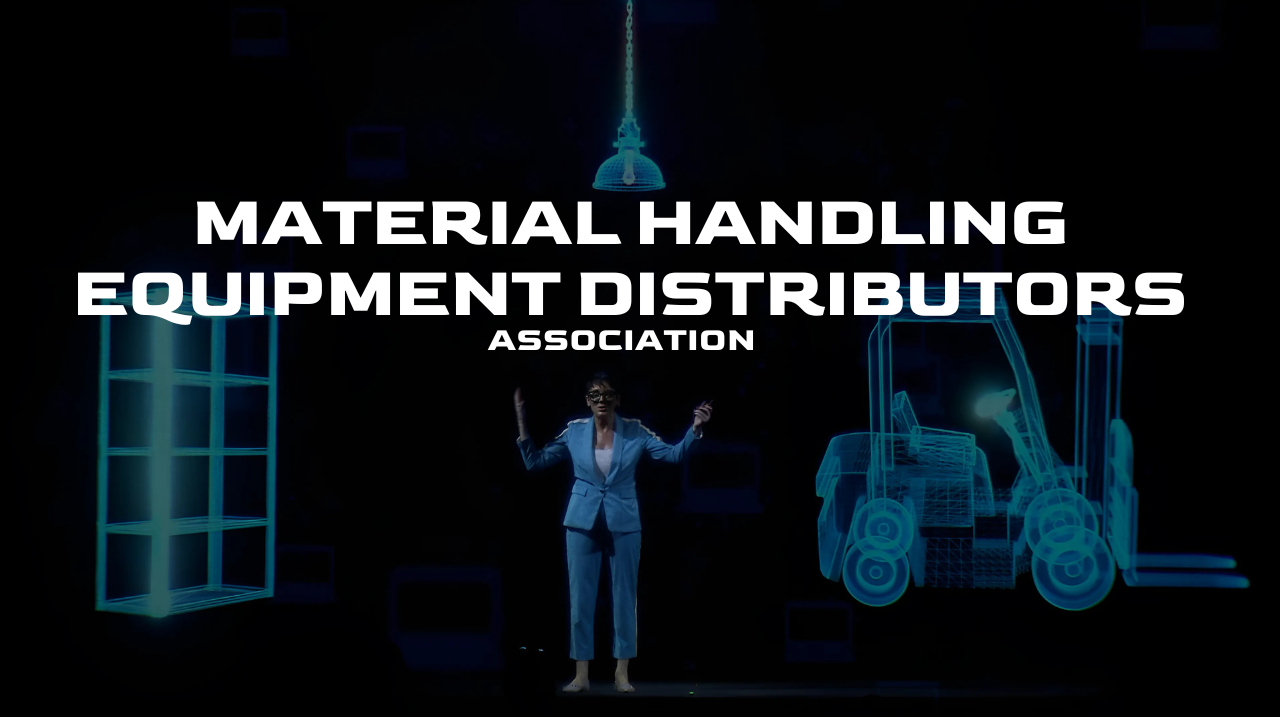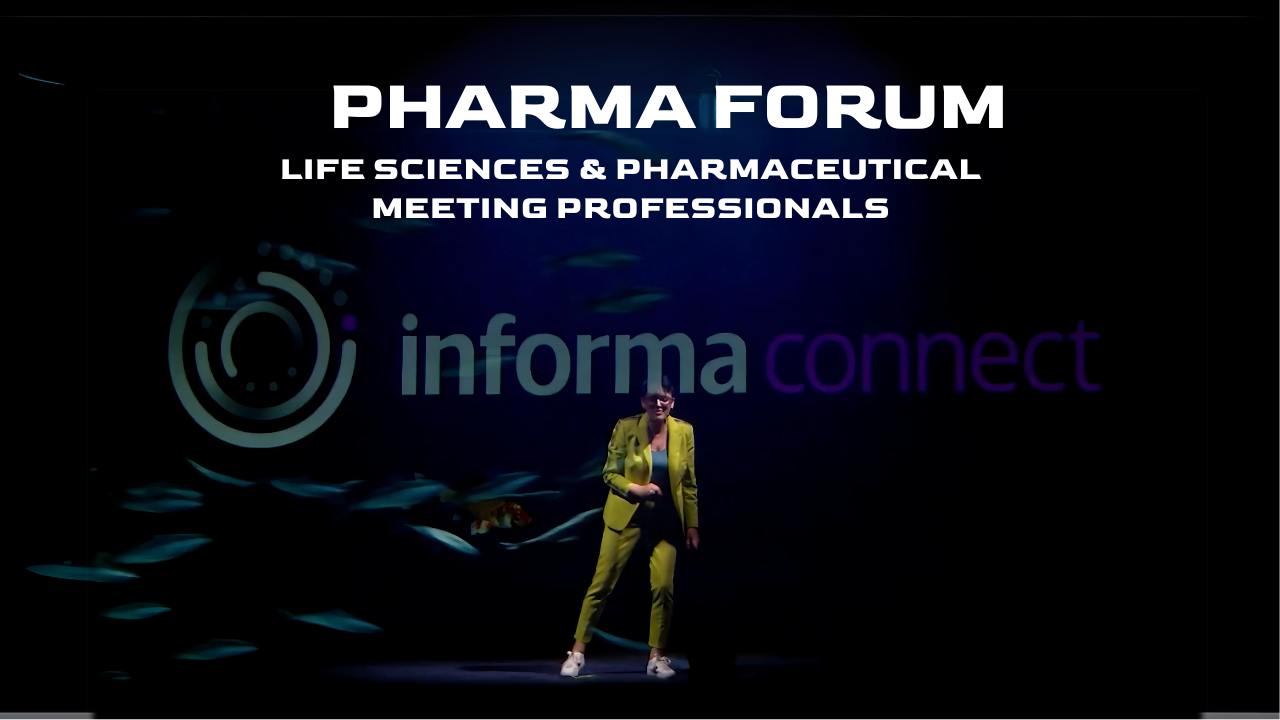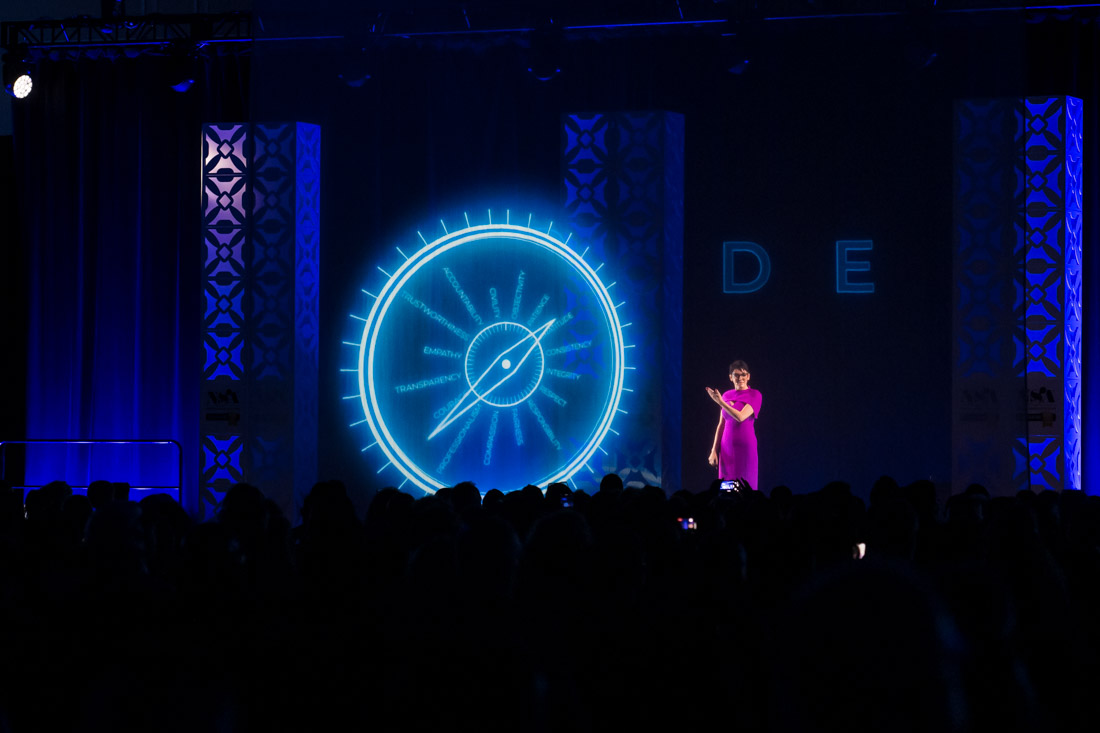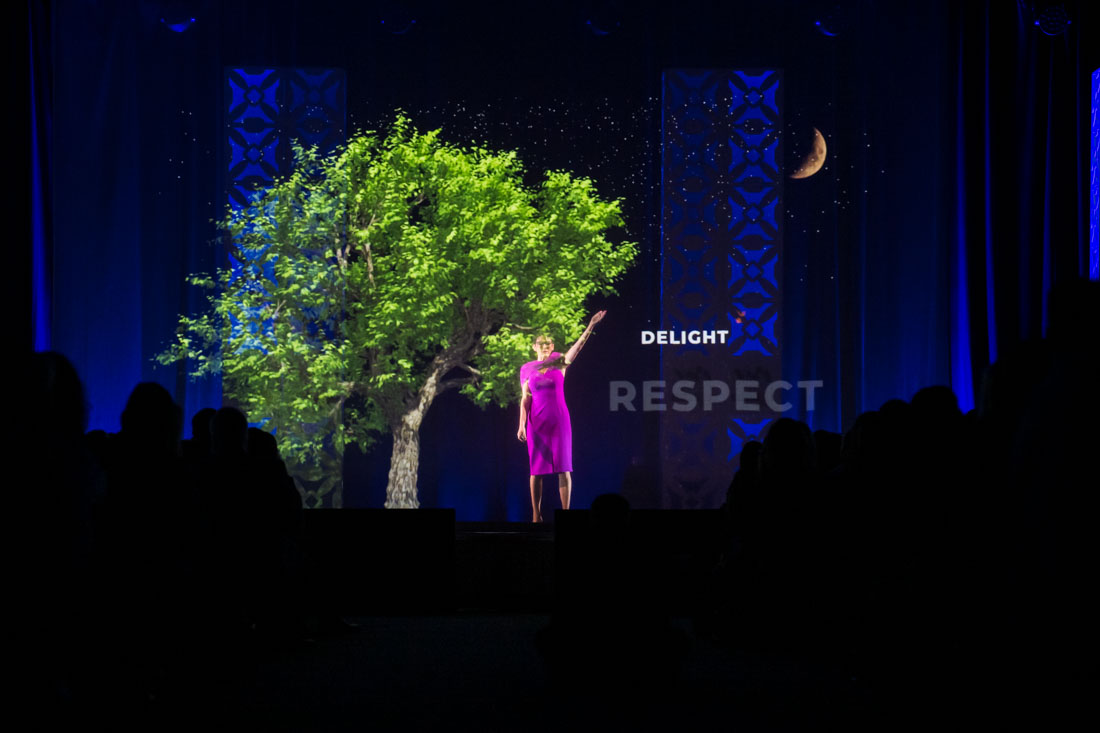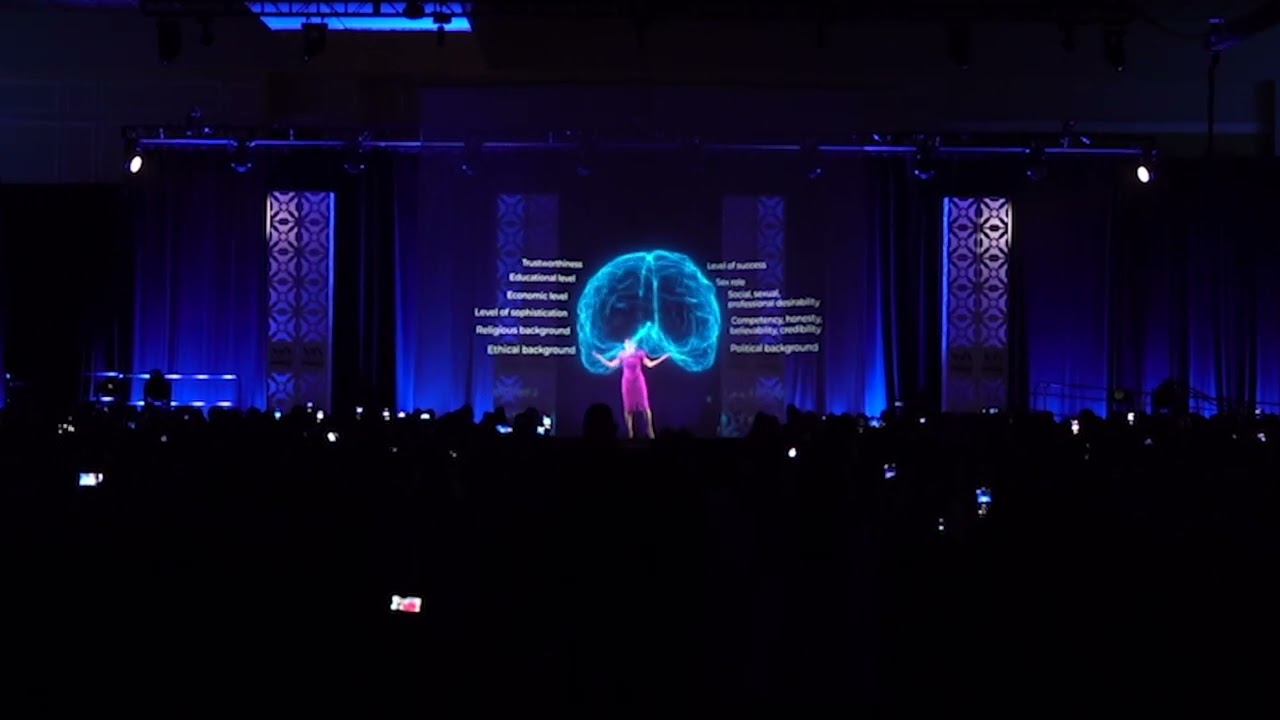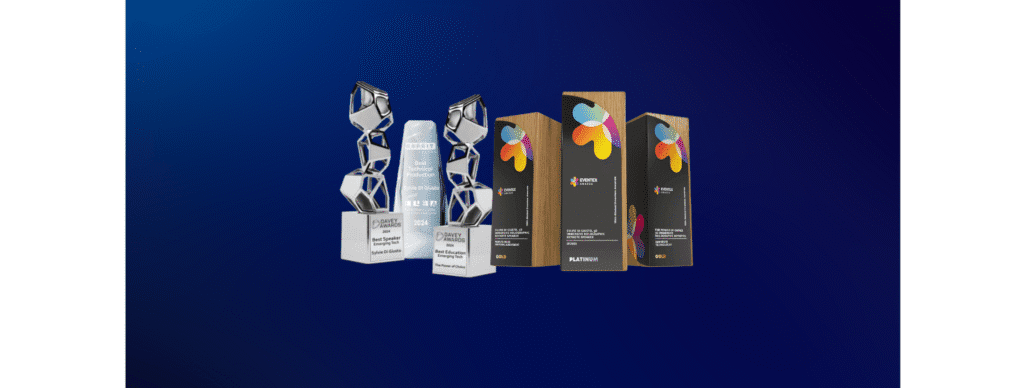Immersive Technology Is Changing Events—But Only If You Use It Right
Immersive technology is having a moment. It’s in headlines, on stages, and at the top of every planner’s wishlist. But let’s be honest—for many, it’s still more of a concept than a concrete experience. A buzzword more than a blueprint.
So what does immersive technology actually look like when it’s done right? Not in theory, but in the spotlight? The answer lies in how it shows up—and how it transforms an audience from viewers into participants. This is where immersive technology becomes more than impressive. It becomes unforgettable.
Key Takeaways
- Immersive technology should serve the message—not distract from it.
- True immersion combines storytelling, tech, and emotional resonance.
- When done right, immersive technology creates participation, not just attention.
- Immersive experiences rely on careful choreography—not gimmicks.
- Immersive technology is a signal: this event values innovation and audience experience.
- The best moments don’t just inform—they transform.
Tech Is the Tool. The Impact Is Human.
When people talk about immersive technology, they often focus on the mechanics—3D projections, holograms, AR overlays, synced visuals. But what makes it powerful on stage isn’t the tech itself. It’s what the tech enables: connection.
Immersive technology allows a speaker like me to bring my ideas to life in three dimensions. But more importantly, it allows audiences to see themselves in those ideas. To feel the narrative. To interact with insight in real time.
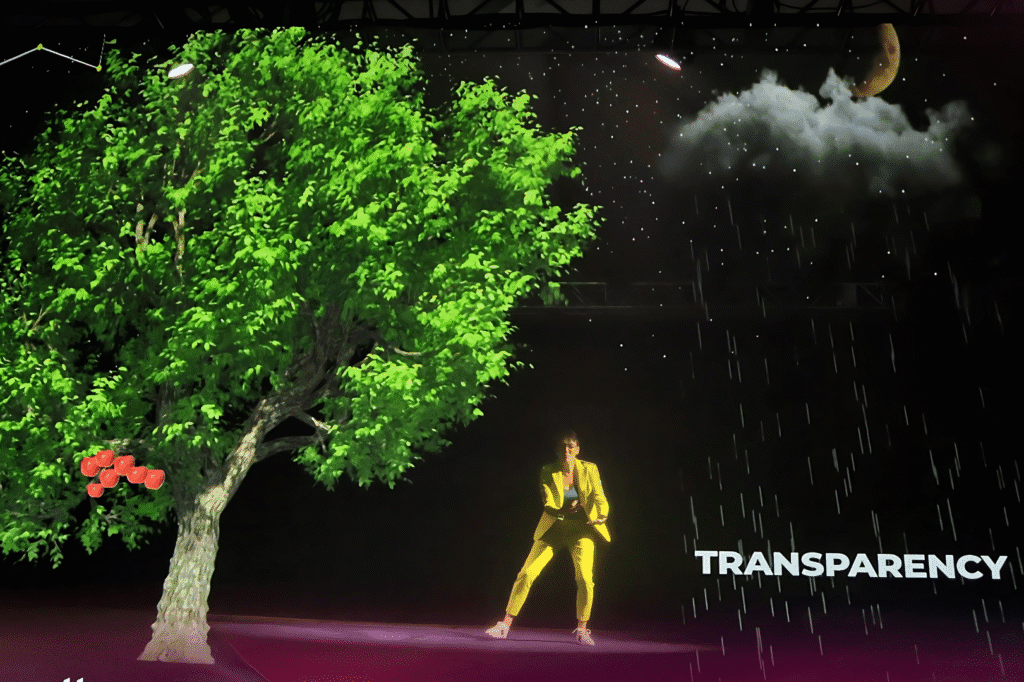
And yet, connection doesn’t happen through cables and code. It happens when the technology fades into the background, and the human element takes center stage. Immersive technology becomes powerful when it empowers authenticity—when it helps a speaker convey vulnerability, clarity, and vision in ways that static visuals or bullet points never could.
The goal isn’t to wow people with gear. It’s to move them emotionally. The tech serves the transform
The Stage Isn’t Flat Anymore—And Neither Is the Message
Traditional stages are one-directional. Speaker talks. Audience listens. But immersive technology breaks that boundary. It surrounds. It surprises. It shifts the stage from a presentation surface to a storytelling ecosystem.
In my keynotes, for example, I use light, shadow, motion, and metaphor to create a full-sensory environment. It’s not just a speech—it’s a space. And within that space, attendees feel like part of the moment, not observers of it.
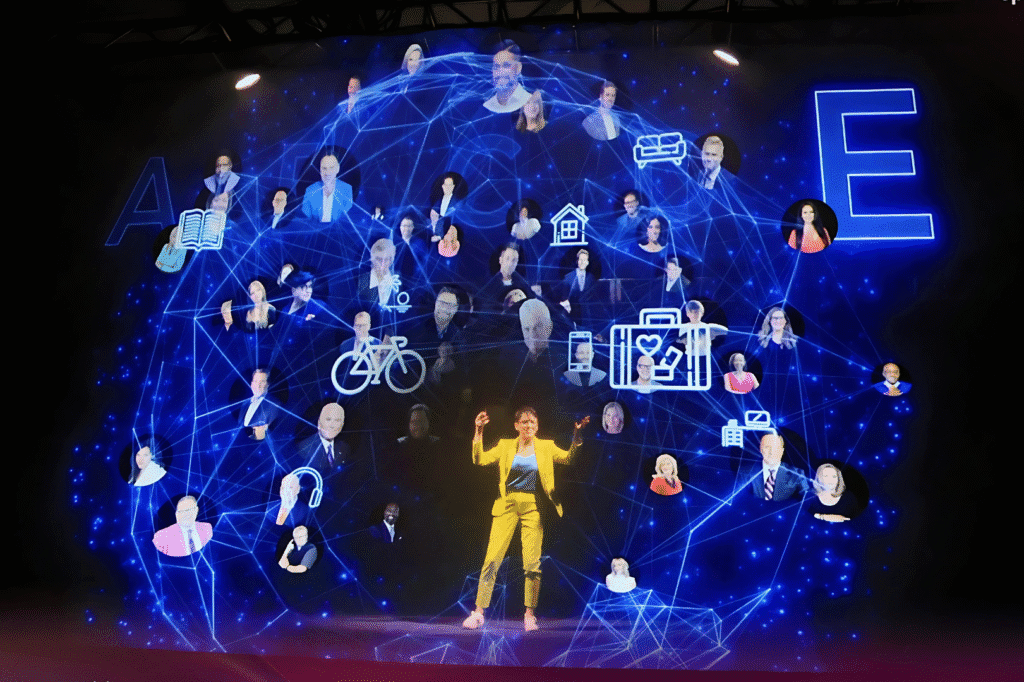
This shift redefines not just stage design, but the entire audience experience. Instead of being passive receivers of information, attendees become co-creators of meaning. Immersive technology gives the audience a sense of presence—of being inside the idea instead of simply adjacent to it. That shift can radically increase message retention and post-event recall.
Immersive technology doesn’t just elevate what the speaker says—it deepens how the audience feels about it.
Scale Doesn’t Limit Immersion. Strategy Unlocks It.
You don’t need a stadium-sized location or budget to integrate immersive technology into your event. In fact, some of the most powerful applications happen in thoughtfully produced settings. It’s less about size—and more about sequence.
My immersive experience is carefully choreographed. Every beat, every gesture, every transition is aligned with a message. Whether it’s in a massive convention hall or a hotel ballroom, our setup is flexible to match the space’s potential.
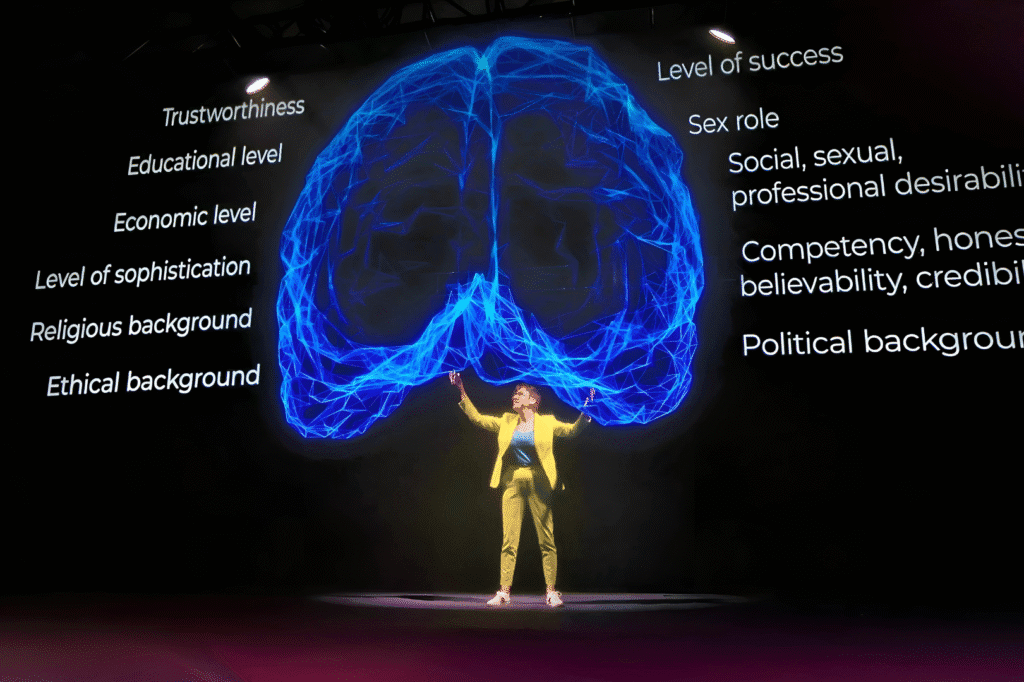
Immersive impact is not a byproduct of budget—it’s a result of smart design. A well-timed visual, a surprising lighting cue, or a synchronized movement can spark more engagement than an expensive LED wall. What matters is the alignment between what the audience sees, hears, and feels. That kind of cohesion doesn’t come from equipment lists. It comes from creative vision.
That’s the secret: immersive technology isn’t about excess. It’s about intent.
The Message Becomes a Memory
When you integrate immersive technology with a speaker who knows how to wield it, something happens: the keynote becomes the momentum. The kind of momentum attendees talk about later. Reference in meetings. Remember in their behavior.
This isn’t about flashy visuals for their own sake. It’s about designing experiences that imprint. That linger. That matter.
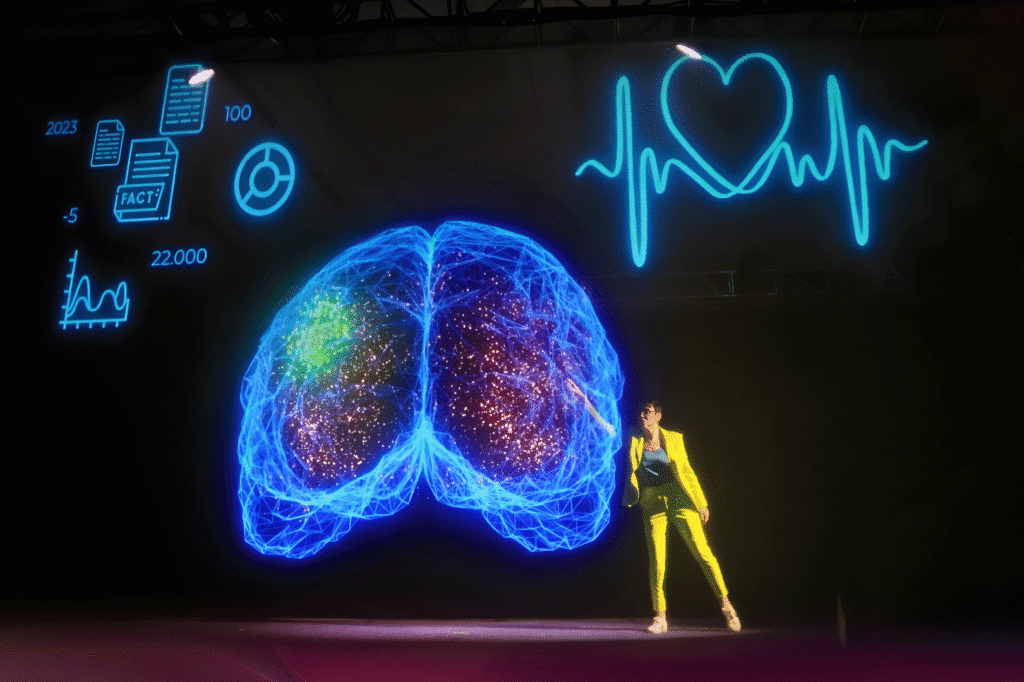
What lingers after the event isn’t the tech—it’s the transformation. Attendees leave not only with insights, but with stories they can retell and emotions they can’t shake. The visuals become shortcuts to recall. The sensory moments become conversation starters. And the impact becomes part of the culture your event was meant to influence.
When done right, immersive technology doesn’t just help audiences hear something new—it helps them become someone new.
Experience Is the New Expectation
Immersive technology has redefined what audiences expect. They no longer want to just sit back and consume—they want to step into something. They want to feel changed by it.
That’s the opportunity. And for speakers like me, it’s not a tech trend—it’s a storytelling strategy. One that honors the audience, elevates the experience, and transforms events from memorable… to truly meaningful.
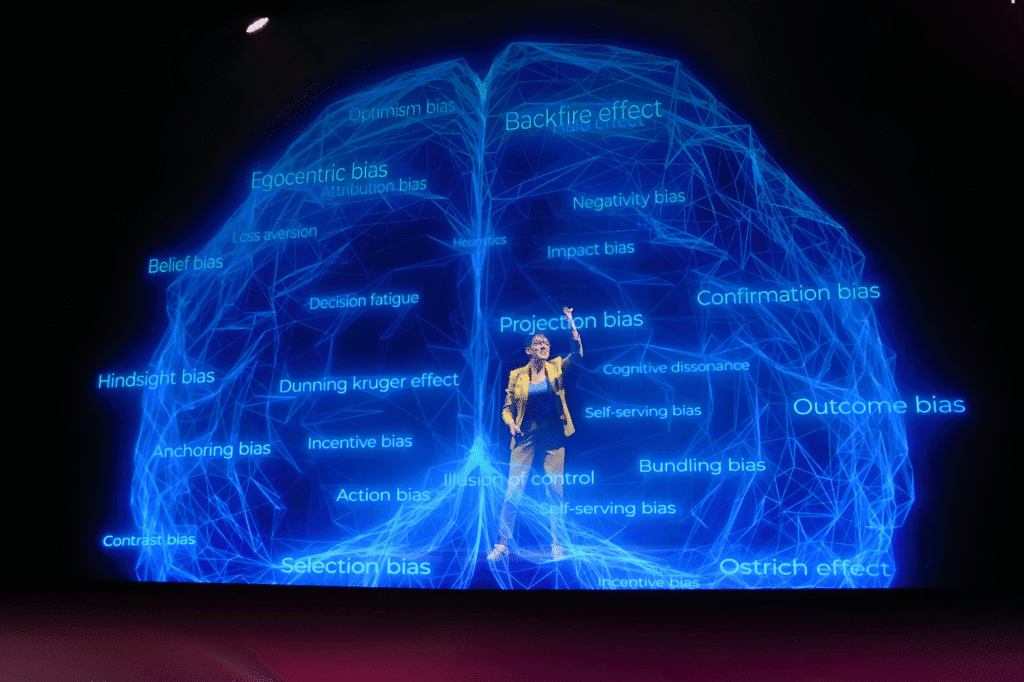
The Best Stage Isn’t Bigger. It’s Deeper.
FREQUENTLY ASKED QUESTIONS
What if the venue doesn’t support high-tech setups? Is immersive technology still an option?
Yes—and that’s a common concern. Immersive technology isn’t about flashy gear—it’s about smart integration. Speakers who specialize in immersive experiences often bring modular setups or work closely with your AV team to adapt to the space. Even basic venues can support impactful elements like light mapping, projection layering, or spatial audio. What matters is how creatively the space is used. With the right speaker and strategy, immersive technology becomes accessible—even in settings that seem less than high-tech on paper.
What are some signs that immersive technology is right for my event?
If your event aims to spark emotion, drive behavior, or stand out in a crowded calendar—it’s a strong candidate for immersive technology. Whether you're launching a product, inspiring a sales force, or hosting thought leaders, immersive formats elevate the energy and message. If you want attendees to feel something, not just attend something, immersive technology gives you that edge. It's especially effective when the goal is transformation: moving people from awareness to action. If you want your audience to talk about your event long after it ends, immersion may be your best asset.
Can immersive technology be used effectively in virtual or hybrid events?
Immersive technology isn’t limited to in-person stages. It can be integrated into virtual or hybrid experiences through virtual backdrops, augmented overlays, and interactive content. When used thoughtfully, it bridges the gap between the screen and the audience, creating engagement that feels personal and dynamic. Speakers like Sylvie di Giusto tailor immersive elements to both physical and digital environments, ensuring the audience feels connected no matter where they are. The result is a more unified and memorable event experience—onstage and online.
WANT TO BRING IMMERSIVE TECHNOLOGY TO your NEXT EVENT?
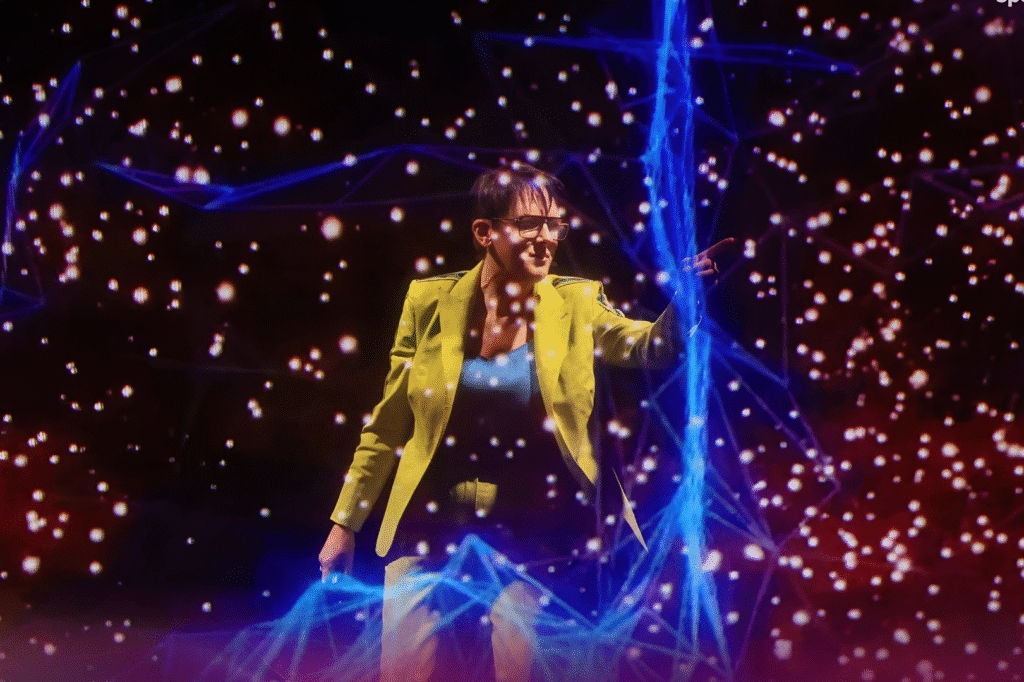
For inquiries, reach out via the contact form, email [email protected], or call +1-403-398-8488.
Sylvie di Giusto is exclusively represented by cmi, a globally respected speaker agency that partners with today’s most innovative and influential thought leaders. Known for her groundbreaking use of immersive technology on stage, Sylvie transforms keynotes into multi-sensory journeys that captivate audiences and elevate event experiences.
Her dedicated team works hand-in-hand with event organizers to ensure a seamless and customized booking process. From technical coordination to content alignment, every detail is thoughtfully managed to bring Sylvie’s immersive keynote to life with precision.
